FUJINON XF90mm F2 R LM WR review
Introduction
Fujifilm have been steadily expanding their range of lenses for the X-mount mirrorless camera system in the past 18 months. To give photographers they tools they desire, they’ve been working closely with professional users of the X-T1. In line with their recommendations, they are filling up the gaps in their range, with a new release every couple of months.
The Fuji XF 90mm f/2 R is their latest prime lens, boasting a fast f/2 maximum aperture and a focal length that will suit many wedding and portrait photographers. The optical construction consists of 11 elements in 8 groups, including three ED glass elements with a rounded diaphragm for a smooth and beautiful bokeh.
It’s also fully weather sealed, like all their other lenses released in the last year since the XF 18-135mm. This weather sealing also allows it to work at sub-freezing temperatures (up to -10°C), so it’s not just weather-proofed like many other manufacturers’ lenses you see today.
The lens weighs only 540g and balances very well with the Fuji X-T1. It comes supplied with a plastic (cheap looking) hood and has a 62mm filter thread.
Studio sample chart tests
I’m using a 300 dpi test chart to evaluate all my lenses. I have to continuous lights set up on the left and right of the test chart to evenly illuminate it. My Fuji XT1 is on a sturdy tripod; I’m using the in-camera timer function to eliminate any shake when pressing the shutter button. ISO is at 200 to ensure there is no loss of sharpness due to noise and to fairly compare the results at all apertures. As I’m using my eyes to evaluate the performance at different apertures, the process and conclusions are of course subjective. But we are humans, making images for human eyes, and I honestly don’t see the point in having computers do what any photographer should be able to do.
Distortion, Vignetting and Chromatic Abberations
Fuji noted in their literature that the Fujinon XF90mm f/2 was designed to minimize Vignetting, and my tests confirmed this. There is no or very little vignetting visible, and if it performs equally as well across all apertures. Distortion is something you’d usually not see much of in a prime lens, and the Fuji 90mm has none. I checked in Iridient Developer, where you can turn the baked in profile corrections off, with the same results. Chromatic Aberrations seem to be very much non-existing too, at least I have encountered none in any of my real life or images. Impressive.
Fujinon XF90mm F2 R LM WR center performance
The center of the image is already tad sharp at f/2 with my copy. Indeed, you’d be hard-pressed to notice the difference between f/2 and f/8, where you’d usually expect the center to be the sharpest. Loss of sharpness due to diffraction sets in at f/11.
- center at f/2
- center at f/2.8
- center at f/4
- center at f/5.6
- center at f/8
- center at f/11
- center at f/16
Fujinon XF90mm F2 R LM WR corner performance
The edges look equally as impressive. At f/2, they are almost as sharp as the center, with a slight increase visible up to f/5.6. Again, diffraction sets in at f/11/
- corner at f/2
- corner at f/2,8
- corner at f/4
- corner at f/5,6
- corner at f/8
- corner at f/11
- corner at f/16
Autofocus
This lens focusses fast and accurate with the new v4.0 firmware, but then again all Fujinon lenses released since 2014 do. Fujinon have used four magnets in this model for higher torque though I can’t say that I noticed faster focus in real life use (yet). You’ll be pleasantly surprised if you haven’t tried any of these lenses, if you have, expect similar performance.
Out Of Focus areas or Bokeh
The out of focus area looks smooth and buttery creamy, like what you’d expect with rounded aperture blades. It reminds me of the XF 50-140mm, and the lens renders colours in a similar way too. The XF 90mm is definitely sharper at maximum aperture, giving more separation between subject and background. Though I personally thing that sharpness isn’t everything. This all comes down to personal preference, so have a good look at the images here and floating around the internet to see if you like it.
Conclusion
Fujifilm has become a brand that I trust. I know that they’ll deliver the tools I need for the job, especially when it comes to lenses. The Fuji XF 90mm f/2 again does not disappoint. A maximum f/2 is a very sensible aperture for portraits/ head shots. It allows for a good separation between subject and background while still having a large enough in-focus area for a head to appear focussed.
A larger aperture lens would need to incorporate more glass, with an increase in size and weight. So I think the design team has gone the right route here by making a max f/2 that is already tad sharp at that aperture.
The Bokeh also looks very smooth and silky, what more could you ask for? Perhaps their five-stop optical image stabilisation system would have been a plus, but this would again have added to the weight, size and price.
If you are looking for a fast portrait lens for the Fuji X system and can live without OSS, I think you’ll be very pleased with this one. If you are looking for a more versatile zoom, I’d suggest having a look at the Fujinon XF 50-140 f/2.8.
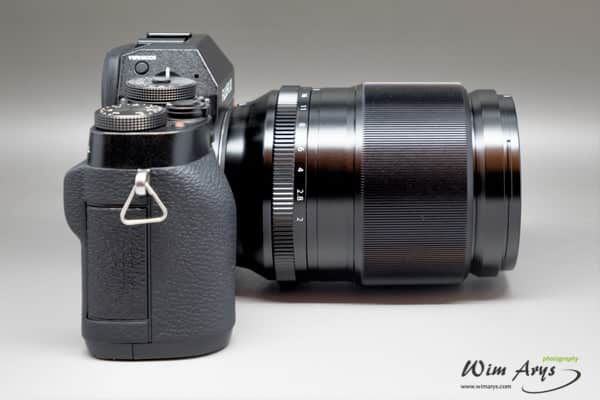

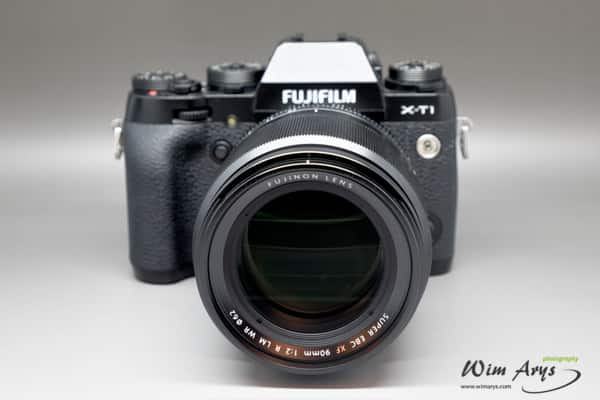
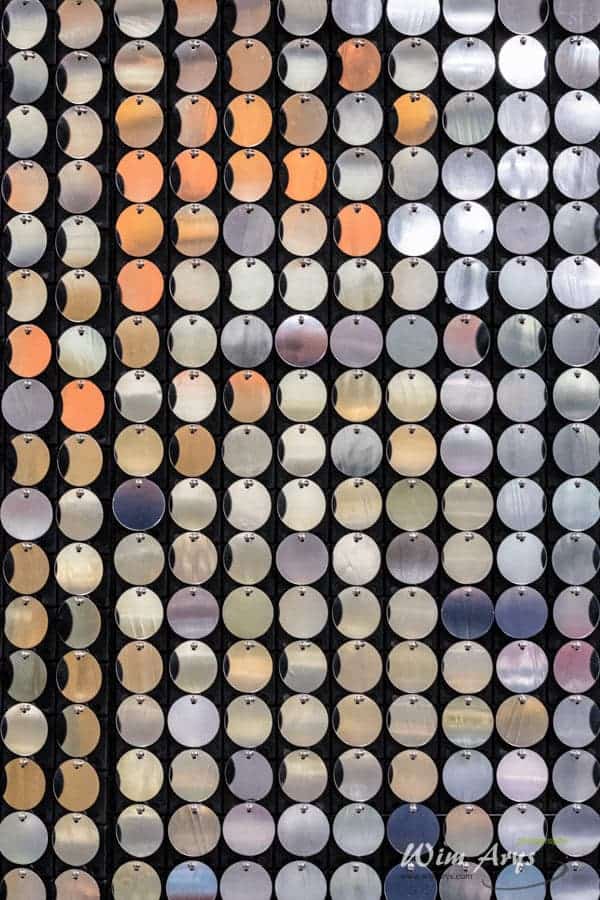
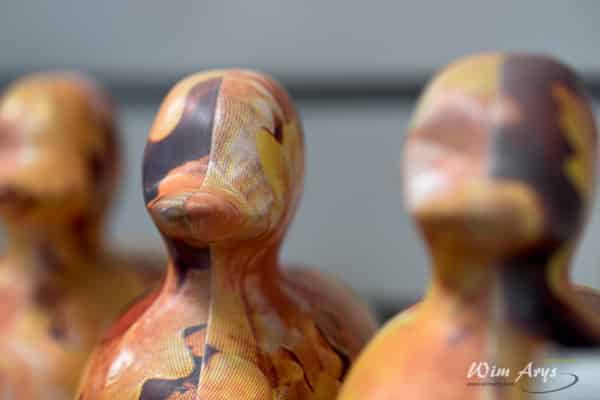



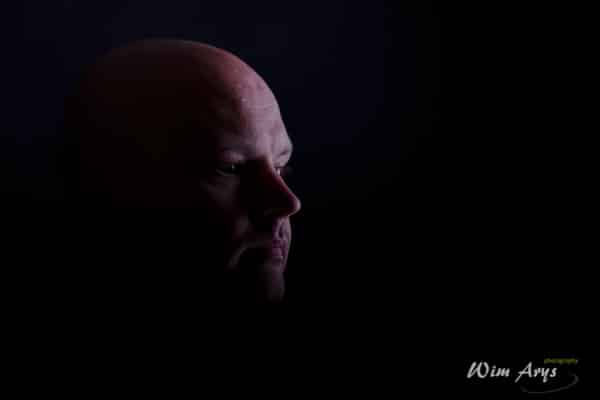
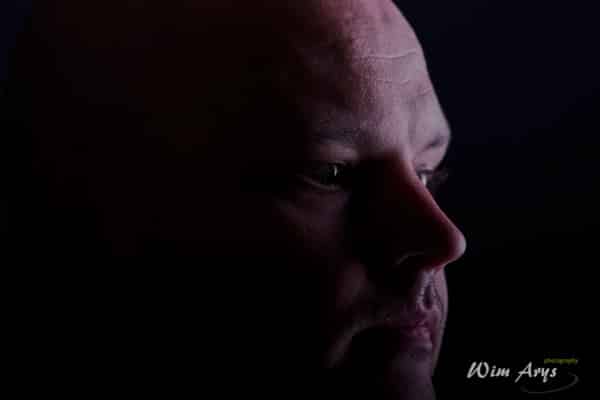
Wim, this is a short, very well writted review about a lens I dream of! Nice job!
Thanks Sebi, always nice to have your feedback!